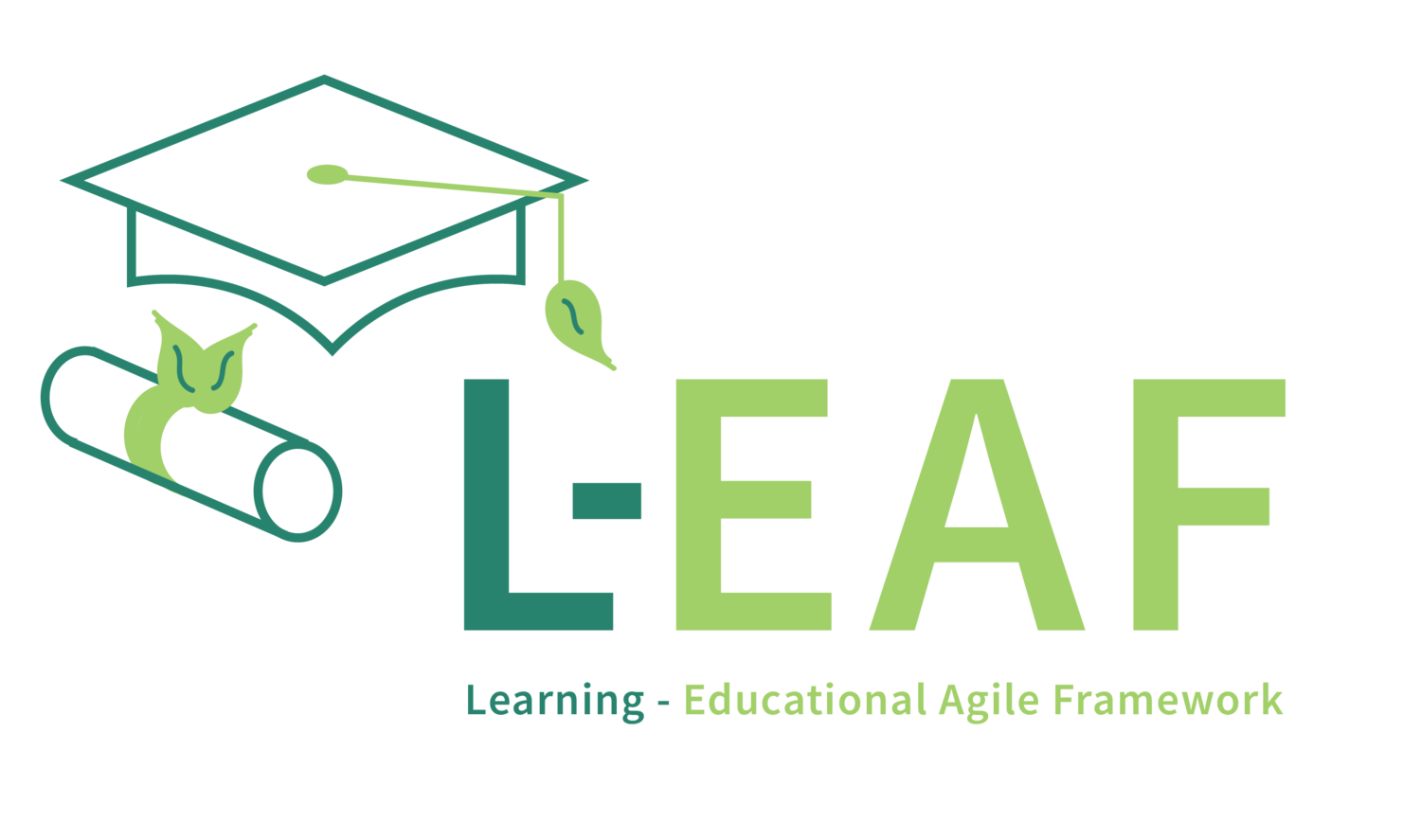Collaboration: Building Bridges to Learning Success with LearningFLOW
Through Planning, Refinement, and Risk Management, student teams have laid a strong foundation for their LearningFLOW journey. Now, it's time to unlock the transformative power of collaboration.
In the LearningFLOW methodology, working together goes beyond mere group work; it's about building a dynamic learning community where diverse perspectives, ideas, and strengths are harnessed to achieve collective success.
The Benefits of Collaborative Learning:
Enhanced Knowledge Sharing and Learning: Collaboration allows students to learn from each other's experiences and insights, broadening their understanding of the subject matter and fostering deeper knowledge retention.
Development of Communication and Teamwork Skills: Working effectively within a team environment strengthens communication skills, conflict resolution strategies, and the ability to leverage individual strengths for collective benefit.
Increased Engagement and Motivation: Collaborative activities boost engagement and motivation by promoting a sense of shared ownership, responsibility, and peer support.
Improved Problem-Solving and Critical Thinking: By tackling challenges and discussing diverse perspectives, students develop critical thinking skills and explore solutions more effectively than working alone.
Unlocking the Power of Collaboration in LearningFLOW:
Diverse Learning Activities: Utilize a variety of collaborative learning activities like group projects, peer-to-peer tutoring, and brainstorming sessions to cater to different learning styles and encourage active participation.
Clear Roles and Responsibilities: Assign clear roles and responsibilities within each team to ensure everyone contributes their skills and expertise effectively.
Regular Communication and Feedback: Foster open communication and encourage students to provide constructive feedback to each other, fostering a culture of mutual respect and continuous improvement.
Effective Conflict Resolution: Equip students with conflict resolution strategies to address disagreements constructively and maintain a positive team environment.
By fostering a culture of collaboration within their learning journey, student teams can create a supportive and enriching learning environment where everyone thrives. Students gain a richer perspective and insight into learning goals that are achieved collaboratively. Collaboration empowers students to learn from and build upon each other's strengths, leading to greater individual and collective learning outcomes. Teams meet in pairs or as a team and focus on collaborative learning activities.
Stay tuned for our next post, where we'll explore the importance of demonstration in LearningFLOW and discover how showcasing learning can elevate student understanding and build confidence.
